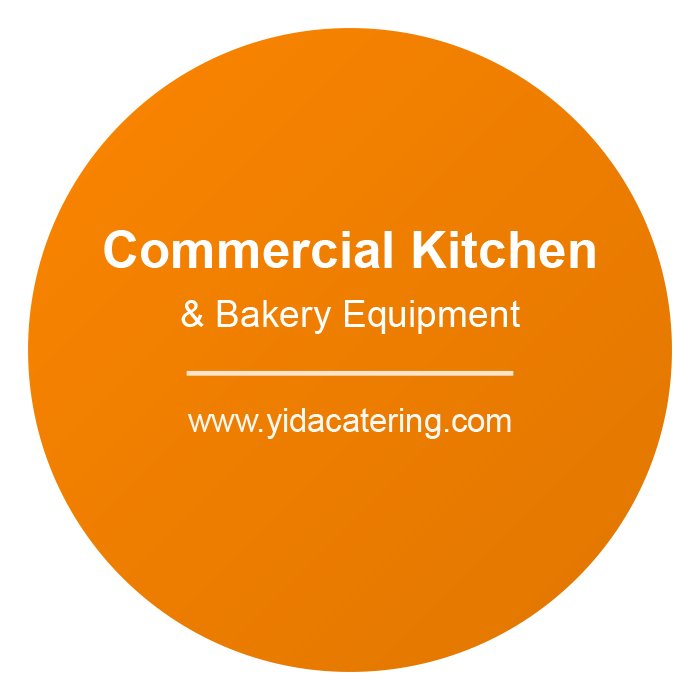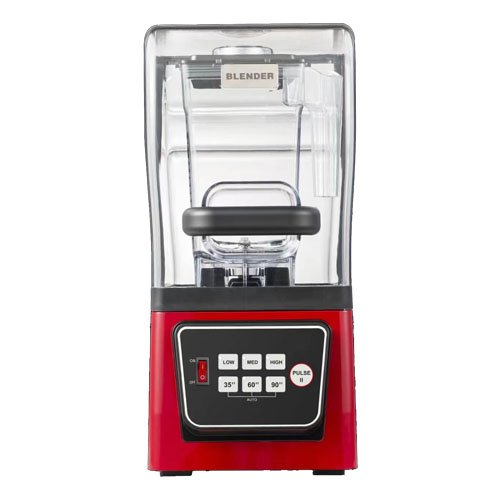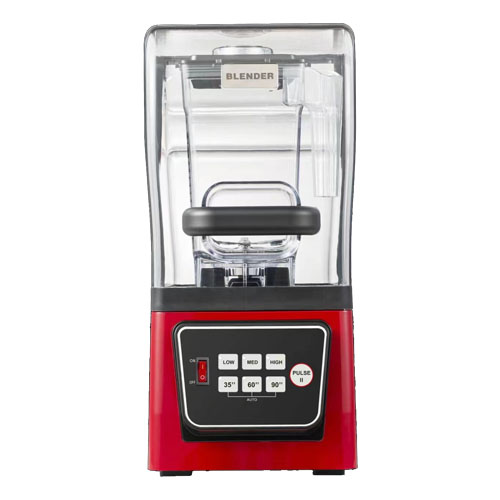
Efficiency drives success in restaurant kitchens. Every second counts when preparing meals for eager customers. A commercial blender transforms kitchen operations. This high-performance tool blends, mixes, and purees ingredients swiftly. Restaurants benefit from time savings and increased productivity. Commercial blenders handle large quantities and blend tough items with ease. Consistent results ensure high-quality dishes every time. Technological advancements enhance these blenders' performance. Variable speed control and programmable settings offer versatility. Investing in a commercial blender streamlines operations and elevates culinary standards.
Benefits of Using a Commercial Blender
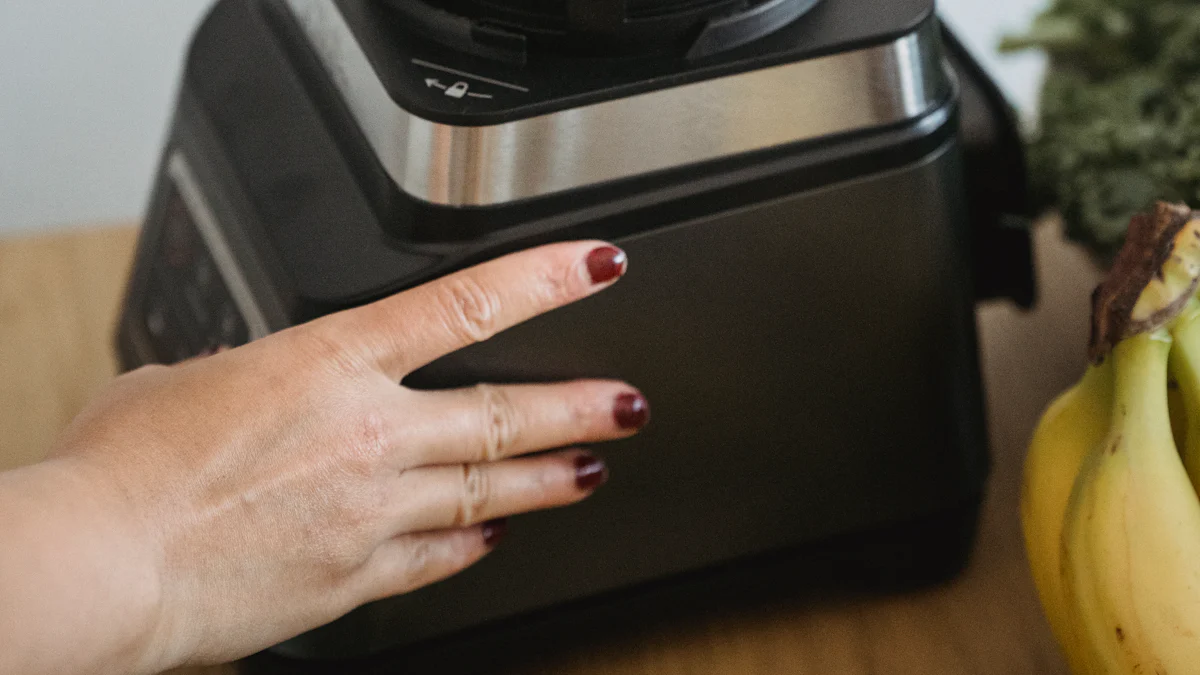
Enhanced Efficiency
Speed and Time-Saving
A commercial blender accelerates food preparation in any kitchen. The powerful motor blends ingredients quickly. Chefs save valuable time during peak hours. High-speed blending ensures rapid service. Customers receive their orders faster. Restaurants increase table turnover rates. Efficiency boosts overall productivity.
Consistency in Food Preparation
Consistency is key in culinary operations. A commercial blender delivers uniform results. Each dish maintains the same quality. Customers enjoy a reliable dining experience. Precise blending eliminates human error. Chefs achieve perfect textures every time. Consistency enhances restaurant reputation.
Versatility in Applications
Blending, Pureeing, and Grinding
A commercial blender offers versatility in food preparation. The machine blends, purees, and grinds with ease. Chefs create diverse menu items effortlessly. The robust design handles various ingredients. From soft fruits to hard nuts, nothing poses a challenge. Versatility expands culinary possibilities.
Creating Smoothies, Soups, and Sauces
Smoothies, soups, and sauces become simple tasks. A commercial blender creates these items flawlessly. The machine ensures smooth textures and rich flavors. Restaurants offer a wider range of dishes. Customers appreciate the variety and quality. Culinary creativity flourishes with the right tools.
Durability and Longevity
Built for Heavy-Duty Use
Durability defines a commercial blender. The construction withstands frequent use. Busy kitchens rely on this robust equipment. The machine performs under pressure without faltering. Heavy-duty design ensures long-term reliability. Restaurants invest in a tool that lasts.
Cost-Effectiveness Over Time
Cost-effectiveness becomes evident over time. A commercial blender reduces operational costs. The initial investment pays off quickly. Durable components minimize repair expenses. Energy-efficient models lower utility bills. Restaurants see financial benefits in the long run.
Types of Commercial Blenders
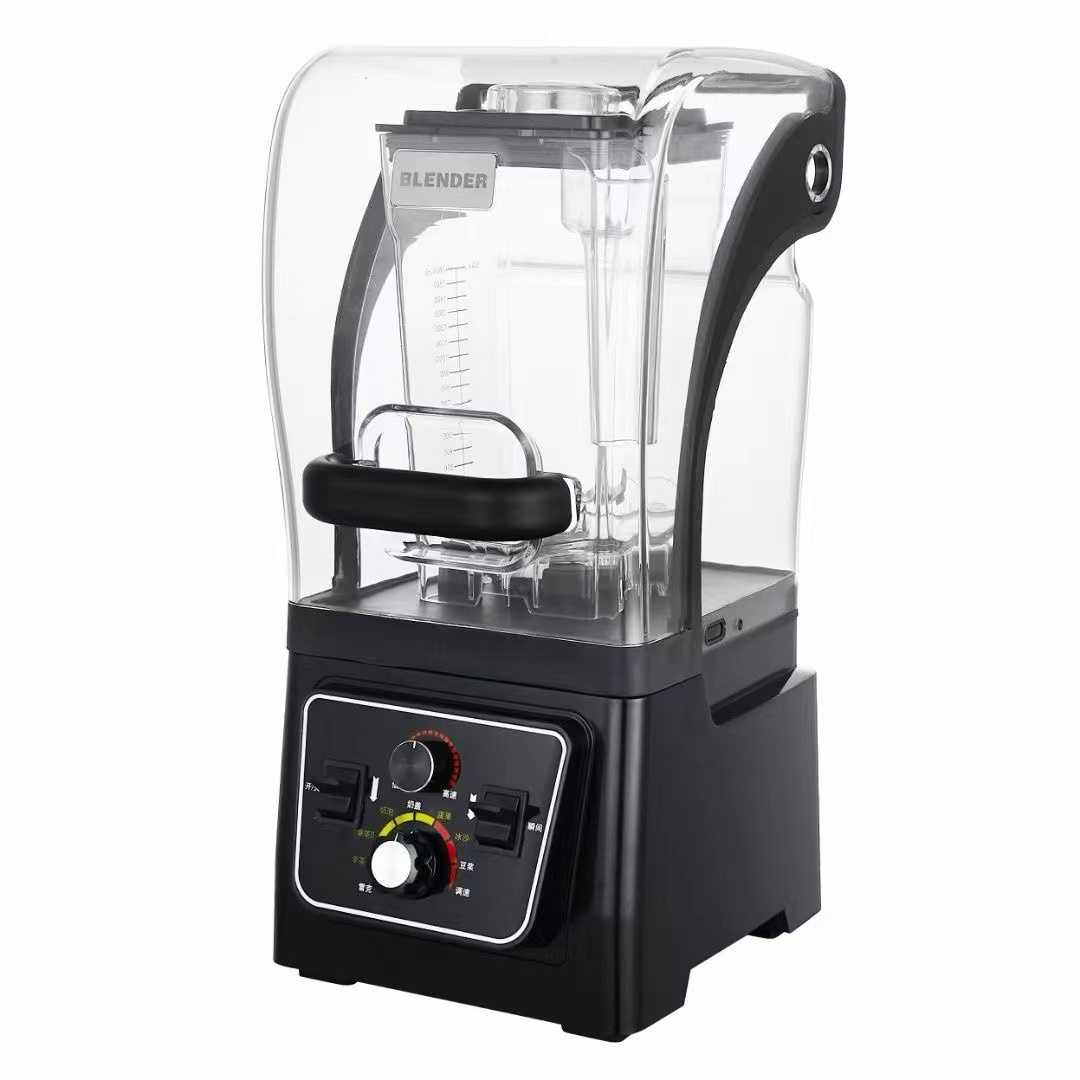
Countertop Blenders
Features and Uses
Countertop blenders serve as powerful tools in commercial kitchens. These appliances boast high-speed motors and durable blades. Chefs use them for blending, pureeing, and grinding. The design allows for easy handling of large volumes. Restaurants create smoothies, soups, and sauces efficiently. The robust construction ensures long-lasting performance.
Ideal for Small to Medium Operations
Small to medium operations benefit from countertop blenders. These blenders fit well in limited spaces. The compact design does not compromise power. Restaurants with moderate customer flow find them ideal. The versatility supports diverse menu offerings. Businesses achieve consistent results with every use.
Immersion Blenders
Features and Uses
Immersion blenders offer unique advantages in food preparation. These handheld devices blend directly in pots or bowls. Chefs appreciate the ease of use and flexibility. The design supports blending, chopping, and emulsifying. Kitchens handle large batches without transferring contents. The powerful motor ensures smooth and even textures.
Ideal for Large Batch Cooking
Large batch cooking requires immersion blenders. These blenders excel in high-volume settings. Restaurants prepare soups, sauces, and purees effortlessly. The handheld nature allows for direct immersion. Chefs maintain control over consistency and texture. The efficiency enhances productivity during peak hours.
Specialty Blenders
Features and Uses
Specialty blenders cater to specific culinary needs. These machines feature advanced technology and design. Chefs use them for tasks like grinding grains or making nut butters. The precision and power support intricate recipes. Restaurants explore new culinary possibilities with these tools. The specialized functions enhance creativity in the kitchen.
Ideal for Specific Culinary Needs
Specific culinary needs demand specialty blenders. These blenders provide solutions for unique challenges. Restaurants with niche menus find them indispensable. The ability to handle diverse ingredients sets them apart. Chefs achieve desired results with minimal effort. The investment in specialty blenders pays off in quality and innovation.
FAQs About Commercial Blenders
What Size Blender Do I Need?
Considerations Based on Restaurant Size
Choosing the right blender size depends on your restaurant's capacity. Larger establishments require blenders with higher capacities. Smaller restaurants may benefit from more compact models. Evaluate the number of customers served daily. Consider the kitchen space available for equipment. A well-sized blender ensures efficient operations.
Menu and Volume Requirements
Your menu influences the blender size needed. Restaurants offering smoothies or soups need larger blenders. High-volume orders demand robust equipment. Analyze the frequency of blended items on the menu. Choose a blender that meets your volume requirements. A suitable blender enhances service speed and quality.
How Do I Maintain a Commercial Blender?
Cleaning and Maintenance Tips
Proper maintenance extends a blender's lifespan. Clean the blender after each use to prevent residue buildup. Use warm soapy water for thorough cleaning. Inspect blades regularly for wear and tear. Lubricate moving parts to ensure smooth operation. Follow manufacturer guidelines for optimal performance.
Troubleshooting Common Issues
Addressing common issues keeps your blender functional. Unusual noises may indicate blade problems. Check for loose components if the blender vibrates excessively. Overheating often results from overloading. Reduce load size to prevent strain on the motor. Regular maintenance prevents most operational issues.
Are Commercial Blenders Energy Efficient?
Energy Consumption Considerations
Energy efficiency impacts operational costs. Modern blenders incorporate energy-saving features. Look for models with variable speed controls. Energy-efficient blenders reduce electricity usage. Consider the long-term savings on utility bills. Investing in efficient equipment benefits your bottom line.
Comparing Models for Efficiency
Comparing blender models helps identify the most efficient option. Evaluate energy ratings provided by manufacturers. Research customer reviews for insights on performance. Choose blenders with advanced technology for better efficiency. An efficient blender supports sustainable business practices. Make informed decisions to enhance kitchen productivity.
Commercial blenders offer numerous benefits for restaurant kitchens. These machines enhance efficiency and versatility. They provide durability and cost-effectiveness. You can choose from various types, like countertop, immersion, and specialty blenders. Each type serves different culinary needs. Investing in a commercial blender boosts your kitchen's performance. Consider the positive experiences of others. Explore available models today. Choose the best fit for your restaurant's needs. Elevate your culinary standards with a powerful commercial blender.
